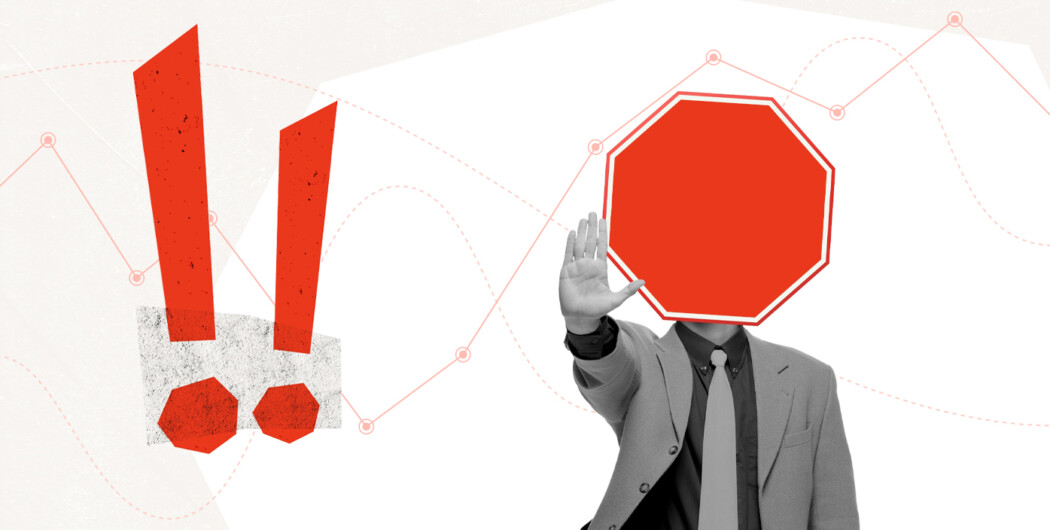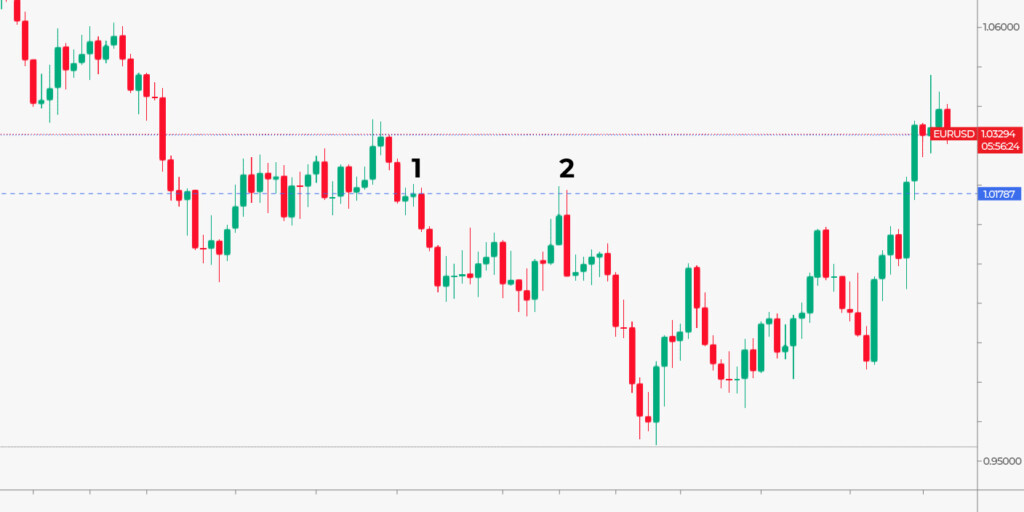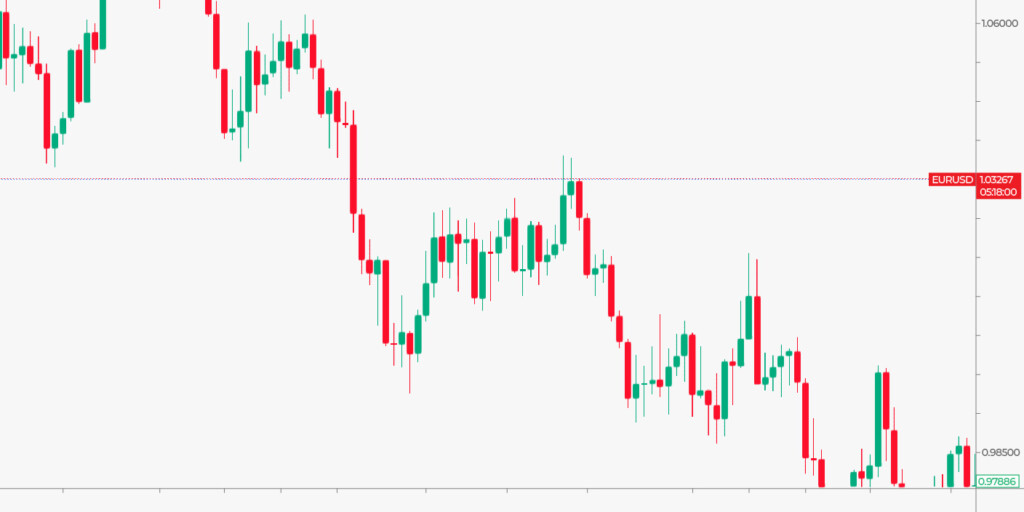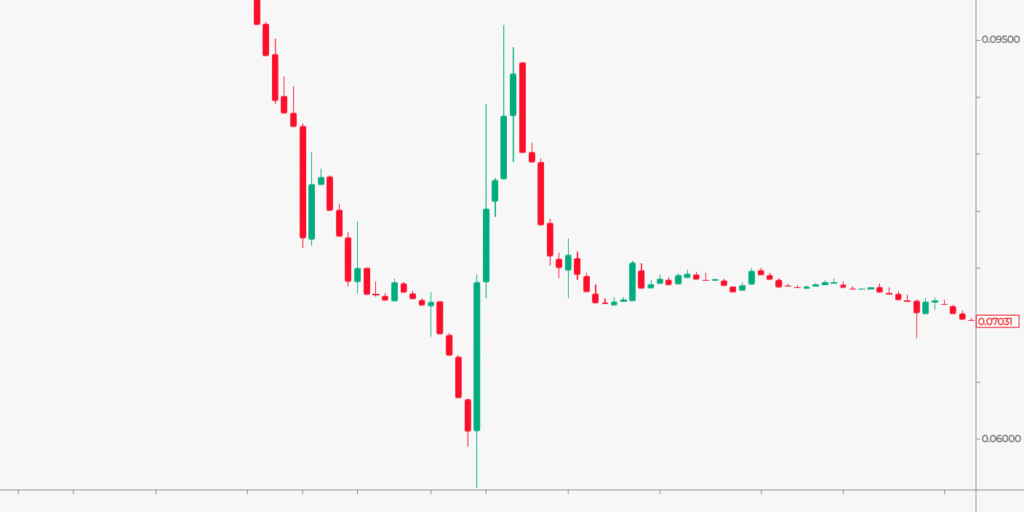

Stop losses are essential to trading. It’s a level the price touches when the market goes against you. After the price reaches this level, the trade closes automatically.
Some traders believe they can close the trade manually. However, it’s a bad strategy. First, if you trade on long-term timeframes, it’s impossible to monitor the market constantly as a trade lasts for weeks. Second, if you trade on short-term timeframes, you risk exiting the market too late because of increased volatility.
Some set stop-loss levels tightly because they fear losing too much. How do you set stop loss effectively? Read on to find the answer.
How to set a stop loss at the right level
There is no strategy with a success rate of 100%. According to statistics, the average success rate is 70%. However, there are several methods you can implement to measure the size of the stop-loss order effectively.
Support and resistance levels
The best way to determine a stop-loss size is to define support and resistance levels. If you open a buy position, you need to identify a support level. If you sell, you need to determine a resistance level. These levels are based on the closest lows and highs.
As the price is supposed to rebound from them, you should never place a stop loss at these levels. Stop losses must always be beyond them — below a support level and above the resistance level.
The chart below reflects the situation when the price touched the resistance level (2) based on the recent high (1). If you placed the stop-loss level precisely at that level, you would exit the market with the loss.

Another challenge is to determine the distance between a support/resistance level and stop loss. For this, you should consider price volatility.
Price volatility
Price volatility is a vital metric. If price fluctuations are small, you can lower the stop loss size. If price volatility is high, you should set the stop loss further—otherwise, you risk exiting the market by mistake.
Price volatility can be identified by eye. Determine the average size of recent candlesticks and expect the current candle to be the same size. By this, you can measure how far the price may go.
Consider the difference in price volatility between EUR/USD and TRY/USD.


How much are you ready to lose?
Another approach is to understand what size of loss you can afford. For example, you buy one standard lot of the EUR/USD pair. If you set a stop loss ten pips below the buy price, you risk $100. Another rule is that you should only risk 1% of your balance.
Tips on how to place stop losses
Below you will find several tips on how to set accurate stop-loss levels.
Test
The size of a stop loss depends on the investor’s strategy; that is, the asset they’re trading, the timeframe, and the trade size. Therefore, you must test various stop loss levels on historical data or on a demo account.
Determine average value
After you test stop-loss levels of different sizes, you should define the average size for your strategy. This will serve as a barometer that you can correct depending on market conditions.
Risk/reward ratio
It’s vital to implement the risk/reward ratio, which says your potential profit should be at least twice larger than your possible loss. Therefore, you should never risk more than half of your potential returns.
Don’t change the stop loss
Many newbies change their stop loss size after the trade is opened. It’s a huge mistake because emotions and premature conclusions lead to losses. Don’t change take-profit and stop-loss levels during the trade.

Final thoughts
If you learn how to set stop losses effectively, you will increase your chance for success by 50%. An accurate stop-loss level will limit potential losses and allow you to avoid a wrong exit from the market.








